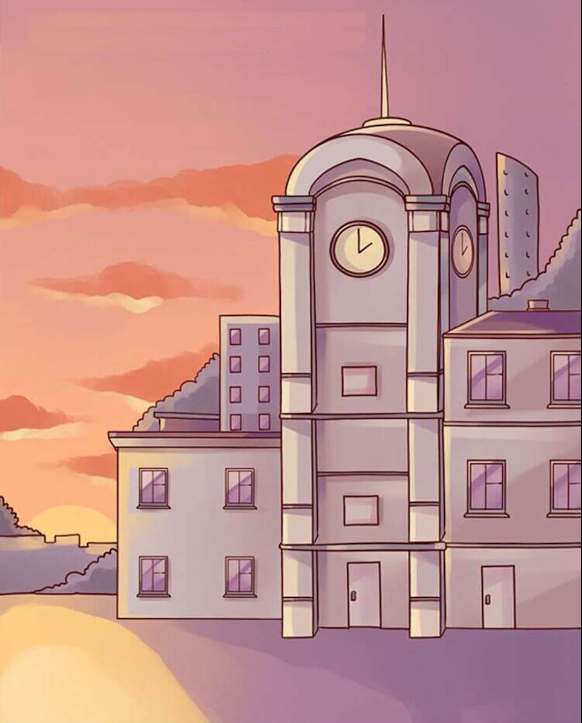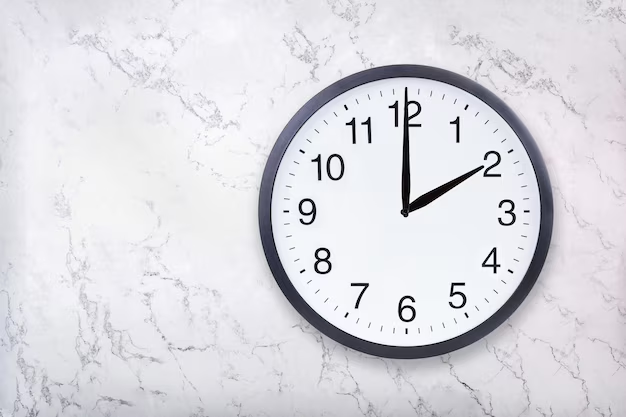What is wrong with the pic?
Riddles have a unique way of engaging our minds, pushing us to observe, think critically, and question what we see. One such riddle challenges us to find what is wrong with a seemingly serene image of a clock tower against a beautiful sunset. While the picture may initially appear perfect, a closer look reveals a subtle yet significant inconsistency. The answer to this riddle lies in the time displayed on the clock and the corresponding position of the sun. Let’s dive deeper into this puzzle and explore why, according to the clock, a sunset is impossible at this hour.
The Riddle Explained: What’s Wrong with the Picture?

At first glance, the picture presents a tranquil scene—a clock tower standing tall as the sun sets in the background, casting warm hues of orange and pink across the sky. The image seems harmonious, capturing the essence of a peaceful evening. However, a closer inspection reveals a discrepancy that forms the basis of the riddle.
The clock on the tower displays a time of approximately 2:00 PM. Yet, the sky shows a sunset, a time of day that typically occurs much later, around 6:00 PM or beyond, depending on the season and location. This mismatch between the time on the clock and the visual representation of the sunset is what’s wrong with the picture. Simply put, it’s impossible for the sun to be setting at 2:00 PM.
Understanding the Relationship Between Time and Sunset
To fully grasp why this riddle presents a contradiction, it’s essential to understand the relationship between time and the position of the sun. Generally, the sun reaches its highest point in the sky, known as solar noon, around 12:00 PM. After this point, the sun gradually begins its descent towards the horizon, with sunset typically occurring several hours later.
In most parts of the world, a sunset around 2:00 PM is highly improbable, if not impossible. The visual cue of a sunset with such an early time suggests a significant error in the portrayal of time and light. This inconsistency is what makes the picture a riddle—challenging viewers to spot the flaw in what initially seems like a perfect scene.
Why We Overlook the Obvious: The Power of Perception

One of the reasons this riddle is so intriguing is that it plays on our perception. Our brains are wired to recognize patterns and often accept visual information at face value. When we see a sunset, we instinctively associate it with the end of the day, and our focus shifts to the beauty of the scene rather than questioning the details. This tendency to overlook the obvious is why the error in the picture might not be immediately apparent.
However, when we take a moment to question what we see, the inconsistency becomes clear. The time displayed on the clock simply doesn’t match the time of day suggested by the sunset. This realization not only solves the riddle but also highlights the importance of being observant and questioning our initial perceptions.
The Lesson Behind the Riddle: Thinking Critically

Riddles like this one serve as more than just fun brain teasers; they also encourage us to think critically and pay attention to details. In this case, the riddle teaches us to question the relationship between elements in an image—how time and natural phenomena, like the setting sun, should logically align.
This kind of critical thinking is valuable in everyday life, where we often encounter situations that require us to look beyond the surface and analyze the underlying details. Whether in problem-solving, decision-making, or simply observing the world around us, the ability to think critically can lead to more informed and accurate conclusions.
Sharing the Riddle: A Fun Challenge for Friends and Family
This visual riddle is not only a great way to challenge yourself but also a fun puzzle to share with friends and family. Present the picture to others and see how quickly they can spot the inconsistency. It’s interesting to observe different reactions—some may catch the error immediately, while others may need a little more time to realize what’s wrong.
Sharing riddles like this can spark engaging conversations and provide a lighthearted way to test and improve observational skills. Plus, the satisfaction of solving the riddle makes it all the more enjoyable.
The Broader Impact: How Riddles Enhance Cognitive Skills

Engaging with riddles has been shown to enhance various cognitive skills, including memory, problem-solving, and logical reasoning. This particular riddle, which involves identifying a time-based discrepancy, exercises your ability to correlate visual information with real-world knowledge.
By regularly challenging yourself with riddles, you can keep your mind sharp and improve your ability to think both critically and creatively. These skills are not only beneficial for solving puzzles but also applicable in numerous aspects of life, from work to personal decision-making.
Conclusion: The Clock and the Sunset—An Impossible Combination
The clock and the sunset depicted in this riddle offer more than just a visual puzzle; they serve as a reminder of the importance of observation and critical thinking. By questioning the details and understanding the natural alignment between time and the sun’s position, we uncover the flaw in what appears to be a perfect scene. In doing so, we sharpen our cognitive skills and learn to approach everyday situations with a more discerning eye. So, the next time you encounter a riddle, take a moment to delve into the details—you might be surprised by what you discover.



